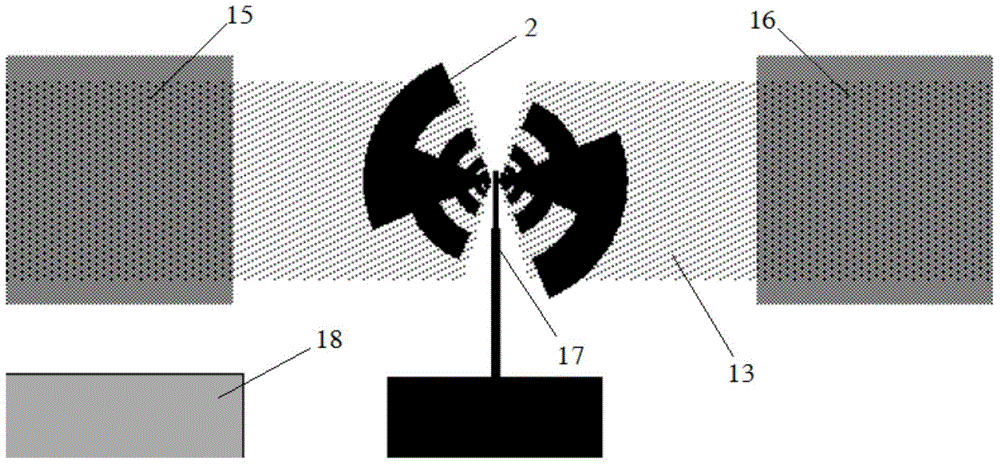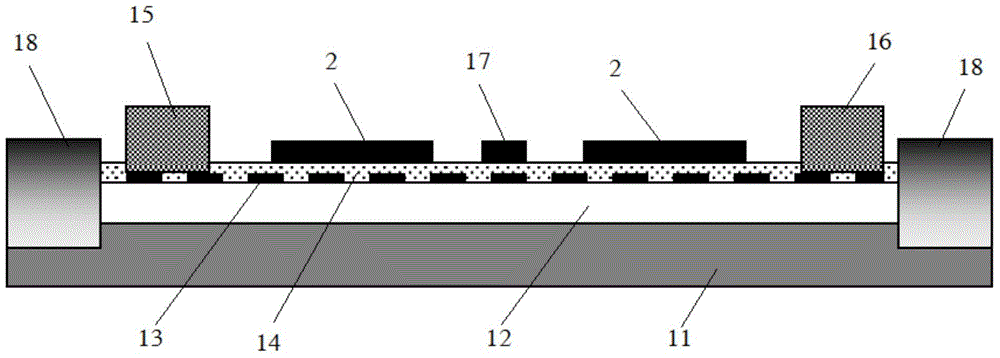Graphene terahertz wave detector and manufacturing method thereof
A graphene and terahertz technology, applied in the field of semiconductor terahertz optoelectronics, can solve the problems of narrow detection frequency range, low responsivity, high cost, and achieve the effect of low noise detection and enhanced response
- Summary
- Abstract
- Description
- Claims
- Application Information
AI Technical Summary
Problems solved by technology
Method used
Image
Examples
Embodiment Construction
[0020] Graphene (Graphene) is the first real two-dimensional material used by human research. It consists of carbon atoms with sp2 hybrid orbitals to form a hexagonal planar film with a honeycomb lattice. Compared with traditional semiconductor materials, its two-dimensional electron gas has unique advantages such as high mobility and high stability. Graphene field-effect transistors have unique bipolarity, and electrons and holes in graphene can jointly participate in the response of terahertz waves under terahertz radiation.
[0021] The embodiment of the present invention discloses a graphene terahertz wave detector. The detector is based on a graphene field effect transistor. The detector also includes a planar antenna capable of effectively coupling terahertz waves. The planar antenna and the graphene field effect The transistor is integrated in the setup, but completely independent of the source and drain of the graphene field effect transistor.
[0022] The above-menti...
PUM
 Login to View More
Login to View More Abstract
Description
Claims
Application Information
 Login to View More
Login to View More - R&D
- Intellectual Property
- Life Sciences
- Materials
- Tech Scout
- Unparalleled Data Quality
- Higher Quality Content
- 60% Fewer Hallucinations
Browse by: Latest US Patents, China's latest patents, Technical Efficacy Thesaurus, Application Domain, Technology Topic, Popular Technical Reports.
© 2025 PatSnap. All rights reserved.Legal|Privacy policy|Modern Slavery Act Transparency Statement|Sitemap|About US| Contact US: help@patsnap.com


